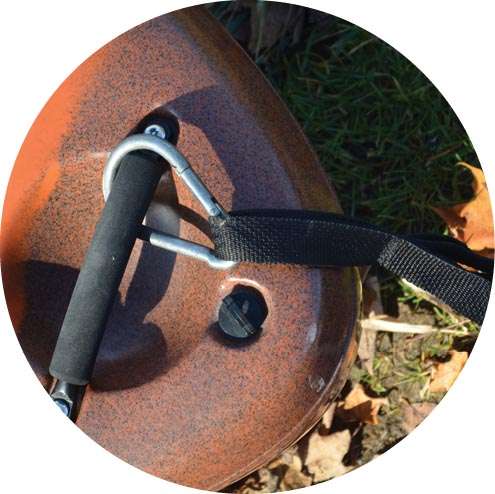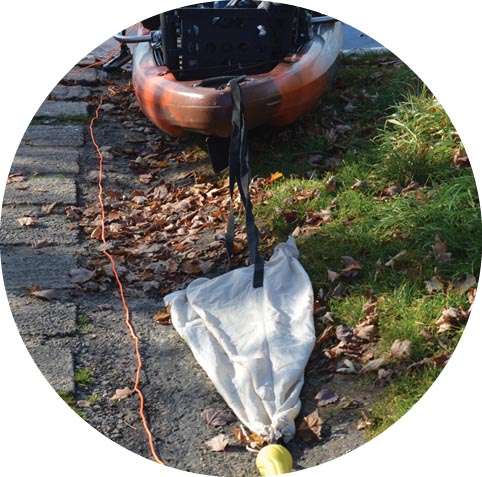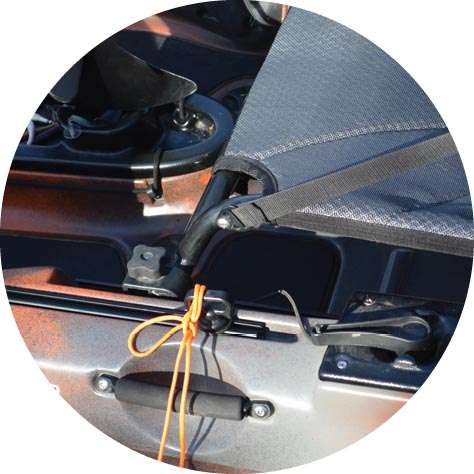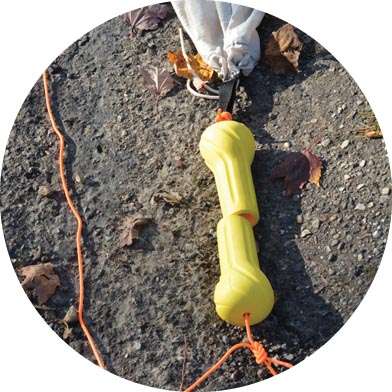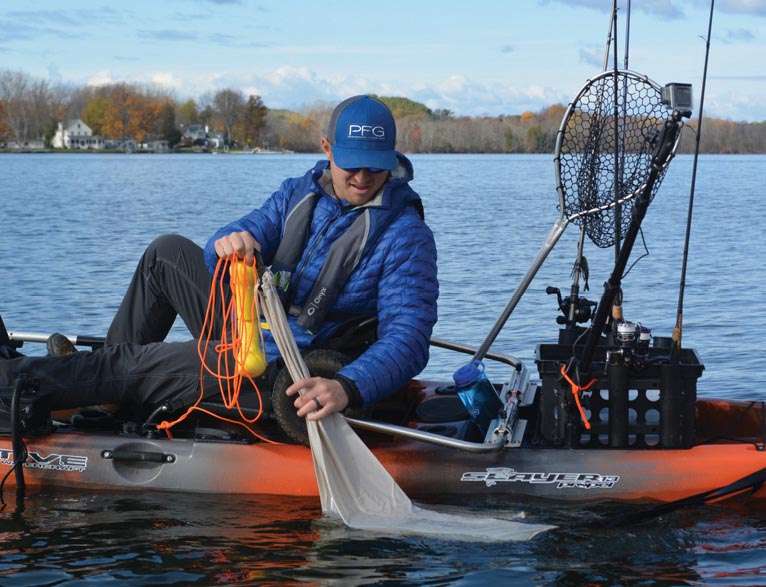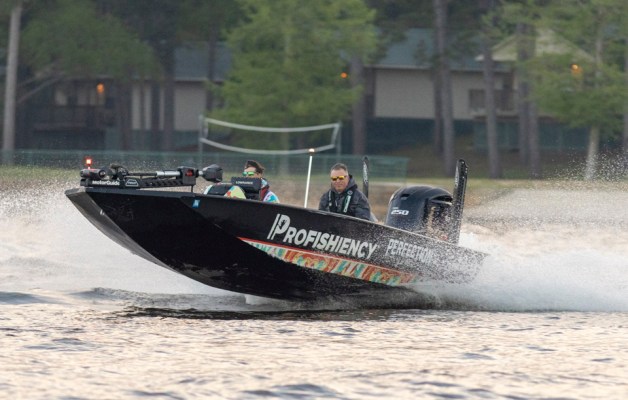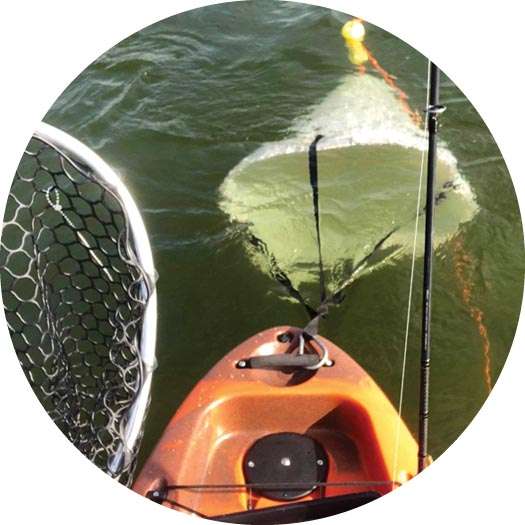
A drift chute can quickly change wind from a kayakerâs foe into a best friend. Also called drift anchors, sea anchors and drift socks, these aquatic parachutes can keep your stern facing into the wind and provide a slow, controlled drift that lets you thoroughly fish an area. With wind from the right direction, you also can probe shelves and weedlines without setting the rod down to paddle. Deployed off the stern, you face downwind for wind-assisted casts and to keep the drift sock out of the way of the fish you hook.
